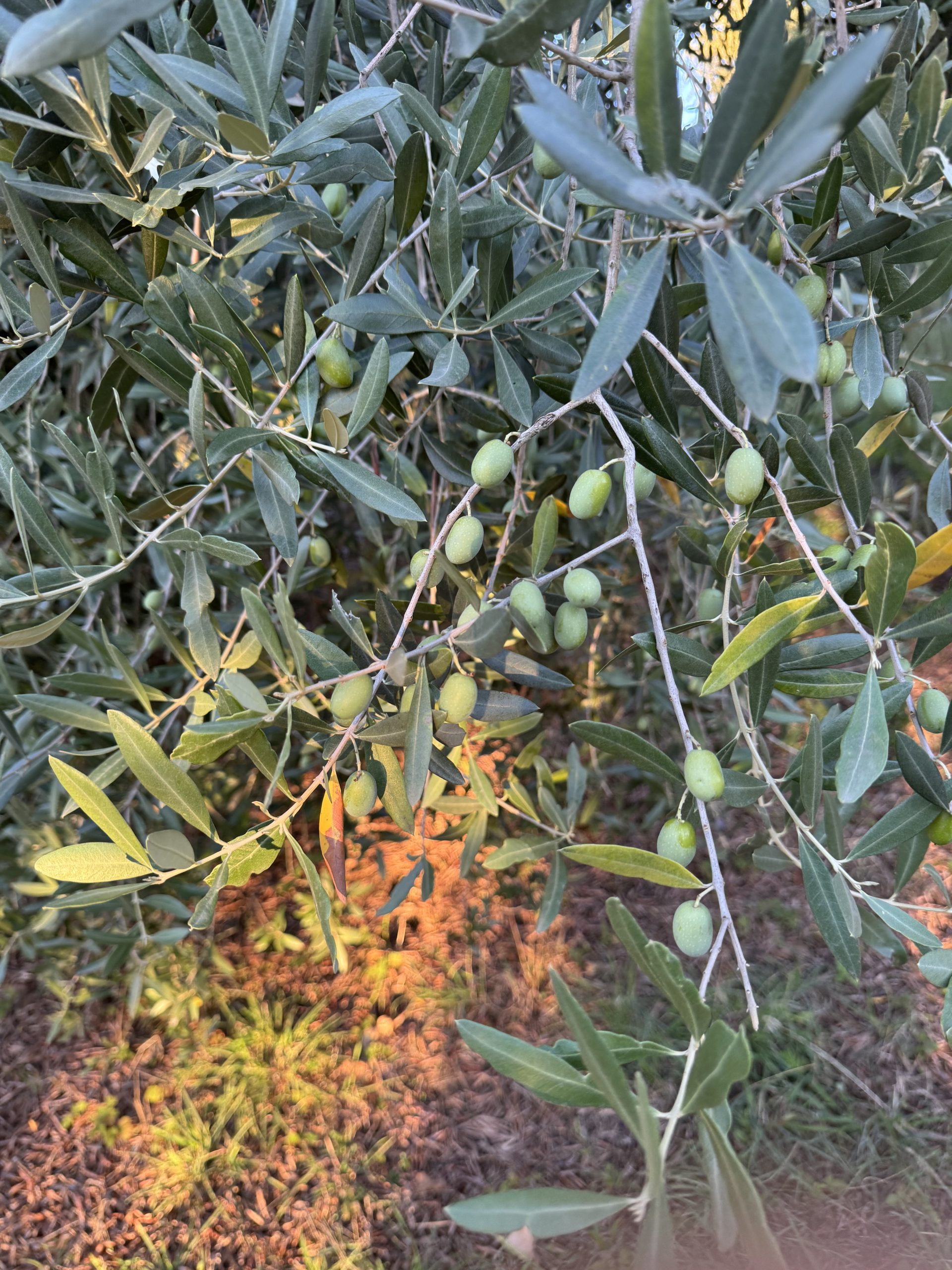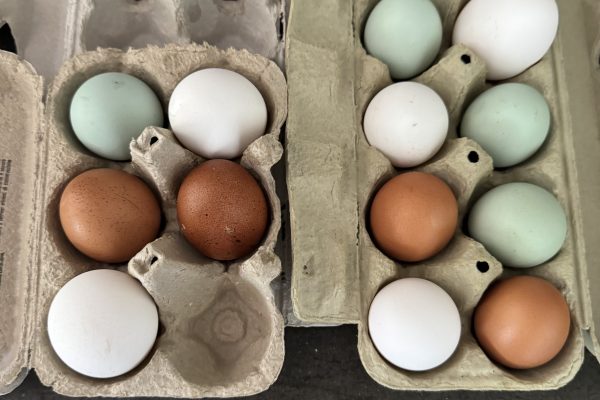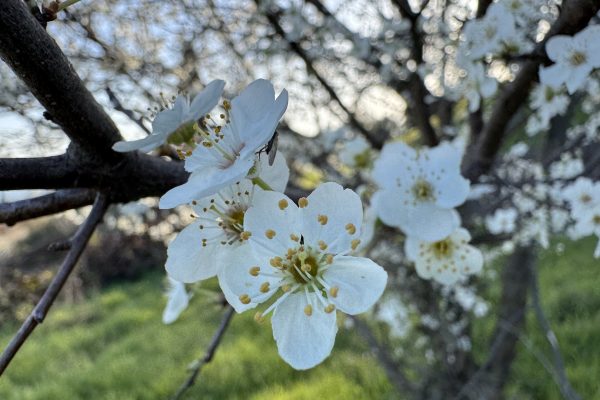Why Italy? Well there are tons of obvious reasons, but some personal ones have to do with our travel history. We’ve traveled most of our lives and love the experience.
We toyed around with some other countries briefly and even visited Portugal with an eye towards moving.
We visit Italy often and began to play with the idea of moving there. In the early days it really was more of a dream and long conversations about how it would be fun, how we would not only enjoy Italy’s experiences, but think of how close we’ll be to other adventures in Europe and beyond. Imagine not having the long flight from the US or the time changes.
We eventually got to the point that planning for retirement became real as well. How our retirement dollar could go much further in Italy. We took some great classes, did our Google homework and eventually found a real estate agent who gratefully spoke English.
In ongoing trips we would locate properties thru http://Idealista.com that we liked and asked her to help us book a visit while we were in town.
We saw many houses, but the one that has stuck is honestly the first one of the first two.
The process has been long and many times confusing, but we persist. We haven’t lost our interest nor passion for the change, though at times it can feel hopeless. Then something will happen to reignite our focus and off we go.
We’re hoping this blog will be published monthly with a view of our experience and any lessons we’ve learned. Patience is not necessarily our strength, but learning to be patient will suit us well in the future.
George and Marks journey to La Dulce Vita




